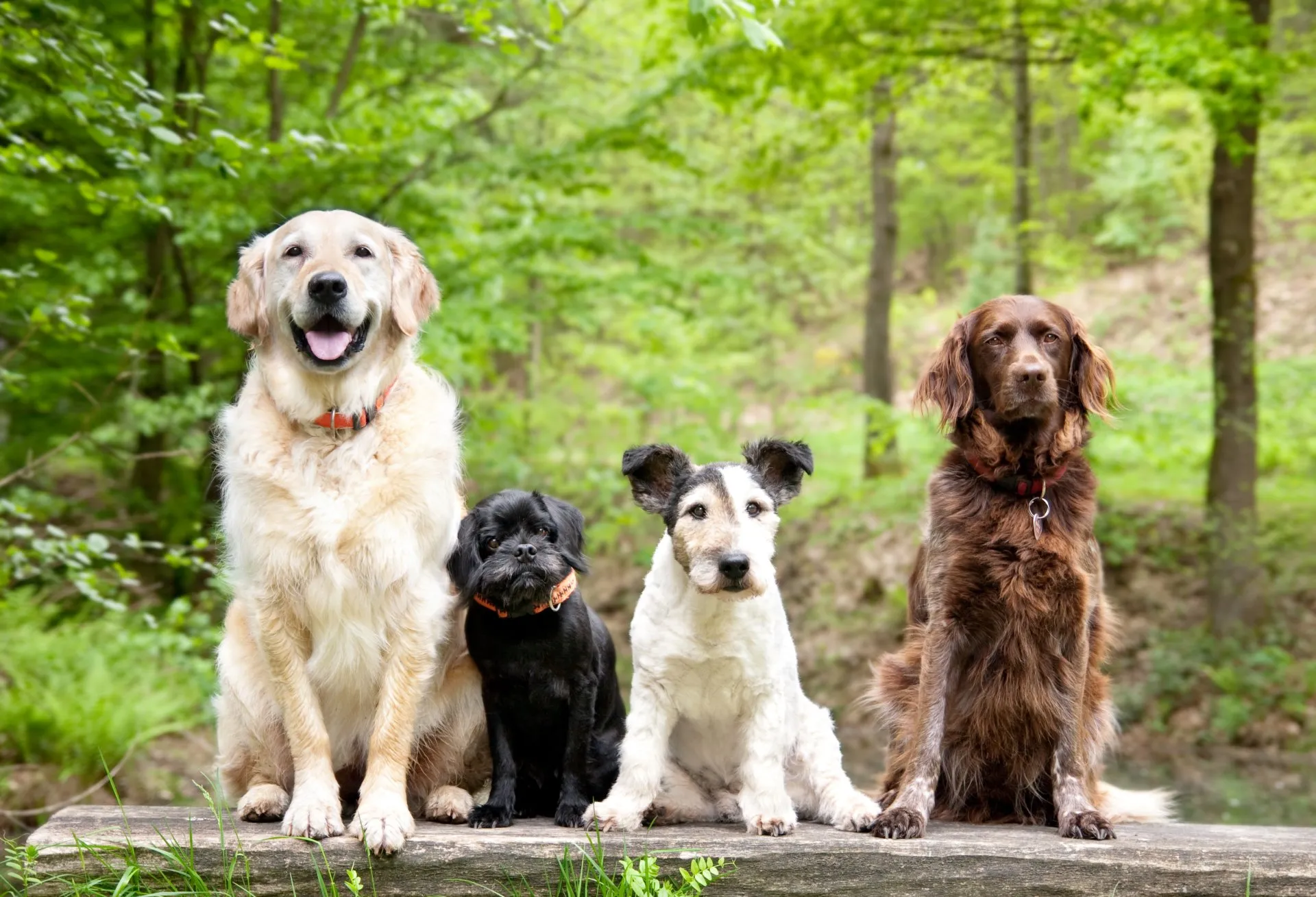If you’ve recently adopted a new dog, one of the first things you’ll need to purchase for your pet is a good collar. The question is, how do you know what to choose? There are certainly a lot of options out there. Read on to find out more about choosing the right collar for your canine companion.
The Importance of the Collar
Your dog’s collar is absolutely crucial to their safety. First of all, it’s what attaches you to your dog, via the leash. Without a collar or harness, you can’t really control your pooch’s movements or prevent them from darting away from you. Even the best trained dog could run off, dash into the street, or approach another animal. This is especially important if you’re introducing a new dog to your household, particularly if you have a resident cat. For tips on managing this introduction safely, check out our article on Introducing A Dog To Your Resident Cat.
Collars also provide a place to hang Fido’s ID tags. These small items are crucial for getting your pet returned to you in case they run away or get lost. Most veterinarians (including us) recommend using both collar tags and a microchip implant in tandem for maximum identification potential.
Types of Collars
The most common collar is the standard flat collar. This is usually made of nylon but could also be crafted from leather or other materials. There are also Martingale collars, also known as limited-slip collars. These are useful for dogs with small heads, like Greyhounds and Whippets. Martingale collars tighten if your dog gets too close to slipping out of their collar.
There are also various types of training collars, such as choke collars, prong collars, spray collars, shock collars, and more. Be sure to check with your veterinarian or a professional dog trainer before using a collar of this type on your dog. Generally, these should only be used by professionals, or in special circumstances.
Harnesses are a good option for small dogs, pups with breathing or respiratory problems, and brachycephalic dogs. Look for a good one that is padded and reflective.
Sizing and Fit
There’s a general rule of thumb to follow when putting Fido’s collar on. You should easily be able to fit two fingers between your dog’s collar and their neck. If you can’t, it’s too tight! Remember that a collar that fits a puppy will probably be too small by the time Fido is fully grown. Be sure to check the fit of your puppy’s collar frequently to make sure it doesn’t get too tight during that growth spurt.
You’re not alone in the search for the perfect collar. Our Veterinary Services include consultations on proper pet equipment and safety measures. We can provide personalized advice on choosing the right collar for your dog based on their breed, size, and specific needs. Contact your vet’s office in Carlisle, ON for advice on the best choice for your dog.




!Social Media Icons